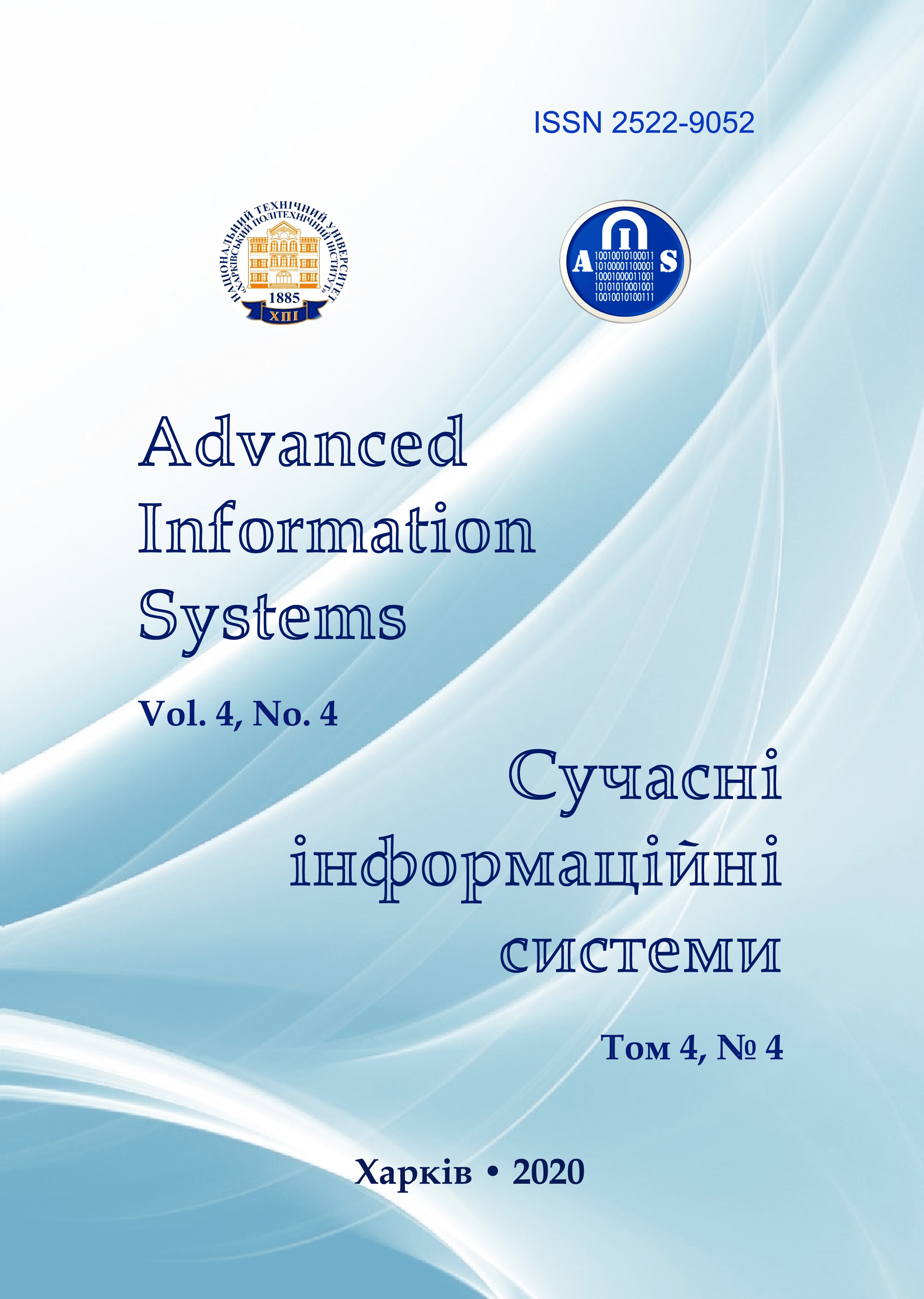THE DYNAMIC ANALYSIS OF THE STATE DEFENSE FORCES GROUP LOGISTICS SUPPORT SYSTEM USING OF THE QUEUING MODEL
Main Article Content
Abstract
The subject matter of the article is the logistics support for the state defense forces. The goal of the study is the finding out a logistics support model that allows to obtain quantitative estimates of the required number of weapons ensured a given level of combat readiness and support the serviceability of troops, as well as optimal management of procurement, repair and modernization of weapons over time. The tasks to be solved are: to present the process of logistics support of the state defense forces group using the queuing model; to compile a state graph of a sample of weapons and military equipment; to compose a equations system describing the average number of weapons and military equipment samples in different states during their operation in the troops; by solving the differential equations system to obtain the dependences of the main logistics support system’s parameters in time. General scientific and special methods of scientific knowledge are used. The following resultswere obtained: The logistics support of the state defense forces group is presented as a queuing model, the parameters of which are determined by statistical data from the troops.
© Sydorenko Ye., Makogon H., Isakov O., Korda M., Mosiychuk M., Klimov А., 2020
Based on the obtained solution of the corresponding of differential equations system, an analysis of the logistics support system of the state defense forces group for a certain period of time can be made. The dynamic analysis of the logistics support system will form the basis of the recommendation for the implementation of promising guidelines of equipping state defense forces weapons and military equipment and optimizing the management of the system according to the certain criteria. Conclusions. A model of queuing is proposed to describe the logistics support process for the state defense forces group. In the model, the transitions of the sample of weapons from one state to another are carried out with intensities, μ or λ dependіs on the influence of the external environment and management. Within the framework of the proposed model, a differential equations system is obtained describes the average numbers of weapons samples in different states during their operation in the army. The obtained differential system solution corresponding the model is a quantitative estimate of the required number of weapons needed to ensure a given level of combat readiness and serviceability of state defense forces troops, as well as optimal management of procurement, repair and modernization of weapons over certain time.
Article Details
References
Romanenko, Y.O. (2016), “Reforming the Armed Forces of Ukraine according to NATO standards”, Publichne uryaduvannya, vol. №3 (4), pp. 142-150, available at: https://cyberleninka.ru/article/n/reformirovanie-vooruzhennyh-sil-ukrainy-po-standartam-nato.
Simchi-Levi, D., Chen, X., and Bramel, J. (2004), The Logic of Logistics: Theory, Algorithms, and Applications for Logistics and Supply Chain Management, New York: Springer, USA.
Gallasch, G. E. (2008), “Modelling Defence Logistics Networks”, International Journal on Software Tools for Technology Transfer, vol. 10, no. 1, pp.75-93.
Buravlev, A.I. and Pyankov, A.A. (2010), “Troops technical support model”, Elektronnyy nauchnyy zhurnal “Vooruzheniye i ekonomika”, vol. 1(10), pp.4-10.
Buravlev, A.I. and Pyankov, A.A (2011), “Troops technical support management model”, Elektronnyy nauchnyy zhurnal “Vooruzheniye i ekonomika”, vol. №4(6), pp.29-34.
Biletov, V.I. (2010), “The problem of building a unified system of logistical support of military formations of Ukraine”, Trudy Nat. University of Defense of Ukraine, vol. 4(91), pp.81-89.
Sysoev, V.V (2015), “The concept of modeling the logistics management of the supply of forces of the security and defense sector of the state”, Problems of the economy, vol.3, pp.342-251, available at: http://nbuv.gov.ua/UJRN/Pekon_2015_3_47.
Taha, Hamdy A. (2005), Operations Research An Introduction, Pearson Education, Inc., New Jersey 07458, 910 p.
Brent Maxfield, B (2006), Engineering with Mathcad, Jordan Hill, Oxford, 494 p.
